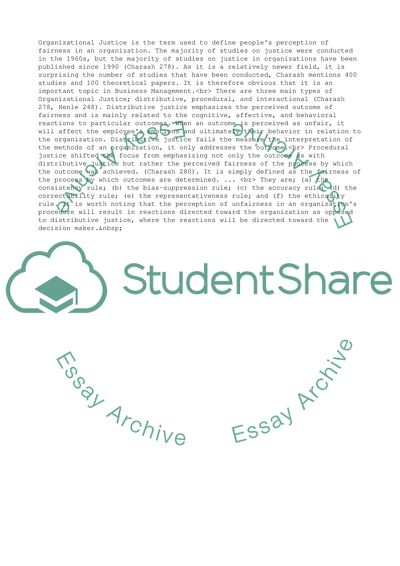Cite this document
(Organizational Justice Is Vital to Employee Retention Term Paper, n.d.)
Organizational Justice Is Vital to Employee Retention Term Paper. Retrieved from https://studentshare.org/management/1505561-organizational-justice-essay
Organizational Justice Is Vital to Employee Retention Term Paper. Retrieved from https://studentshare.org/management/1505561-organizational-justice-essay
(Organizational Justice Is Vital to Employee Retention Term Paper)
Organizational Justice Is Vital to Employee Retention Term Paper. https://studentshare.org/management/1505561-organizational-justice-essay.
Organizational Justice Is Vital to Employee Retention Term Paper. https://studentshare.org/management/1505561-organizational-justice-essay.
“Organizational Justice Is Vital to Employee Retention Term Paper”, n.d. https://studentshare.org/management/1505561-organizational-justice-essay.


